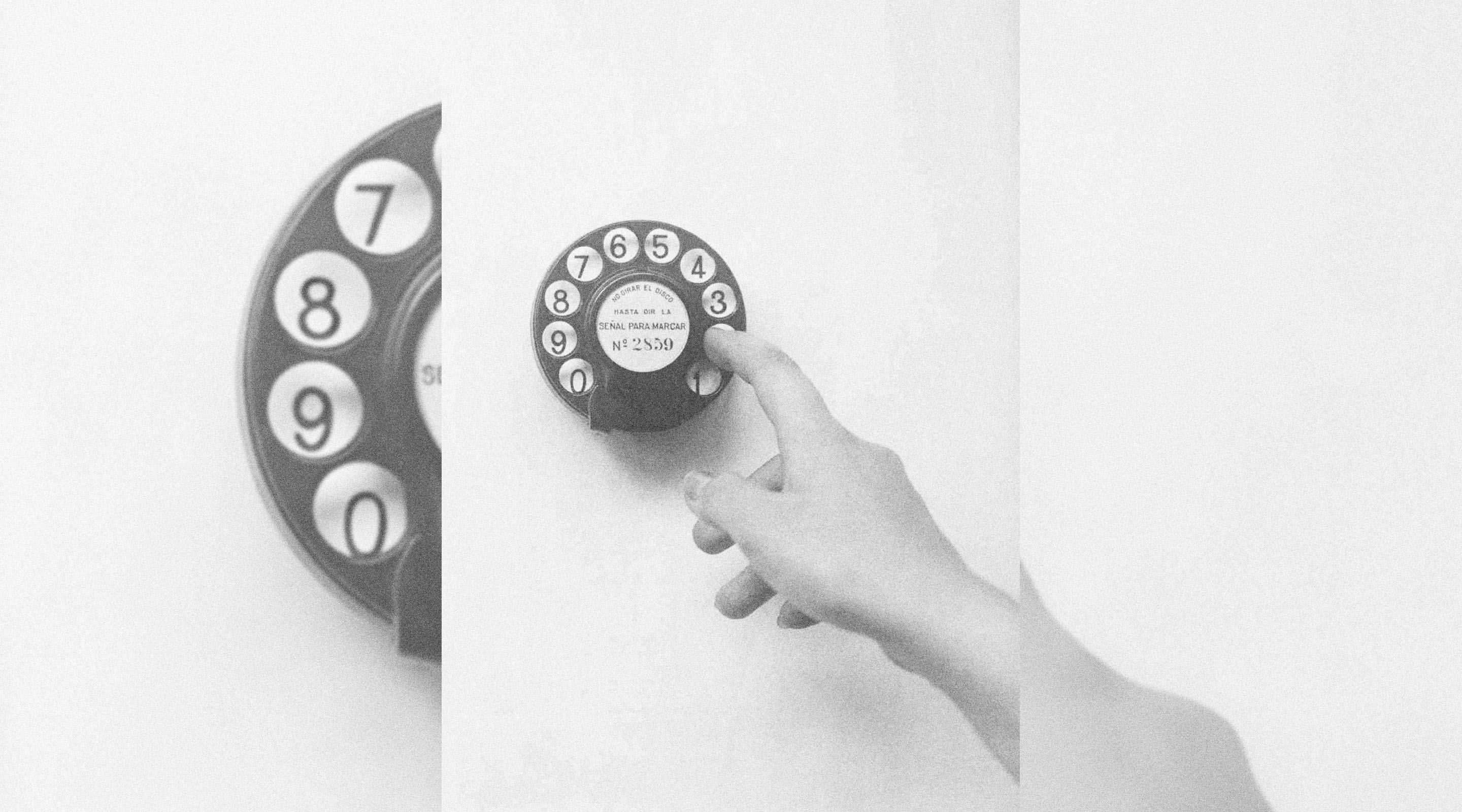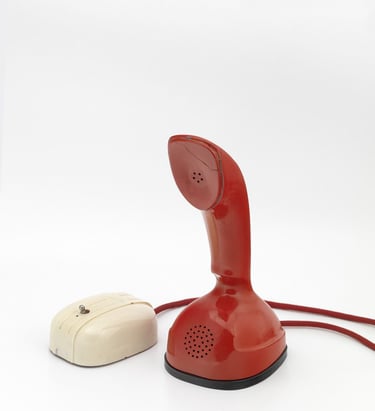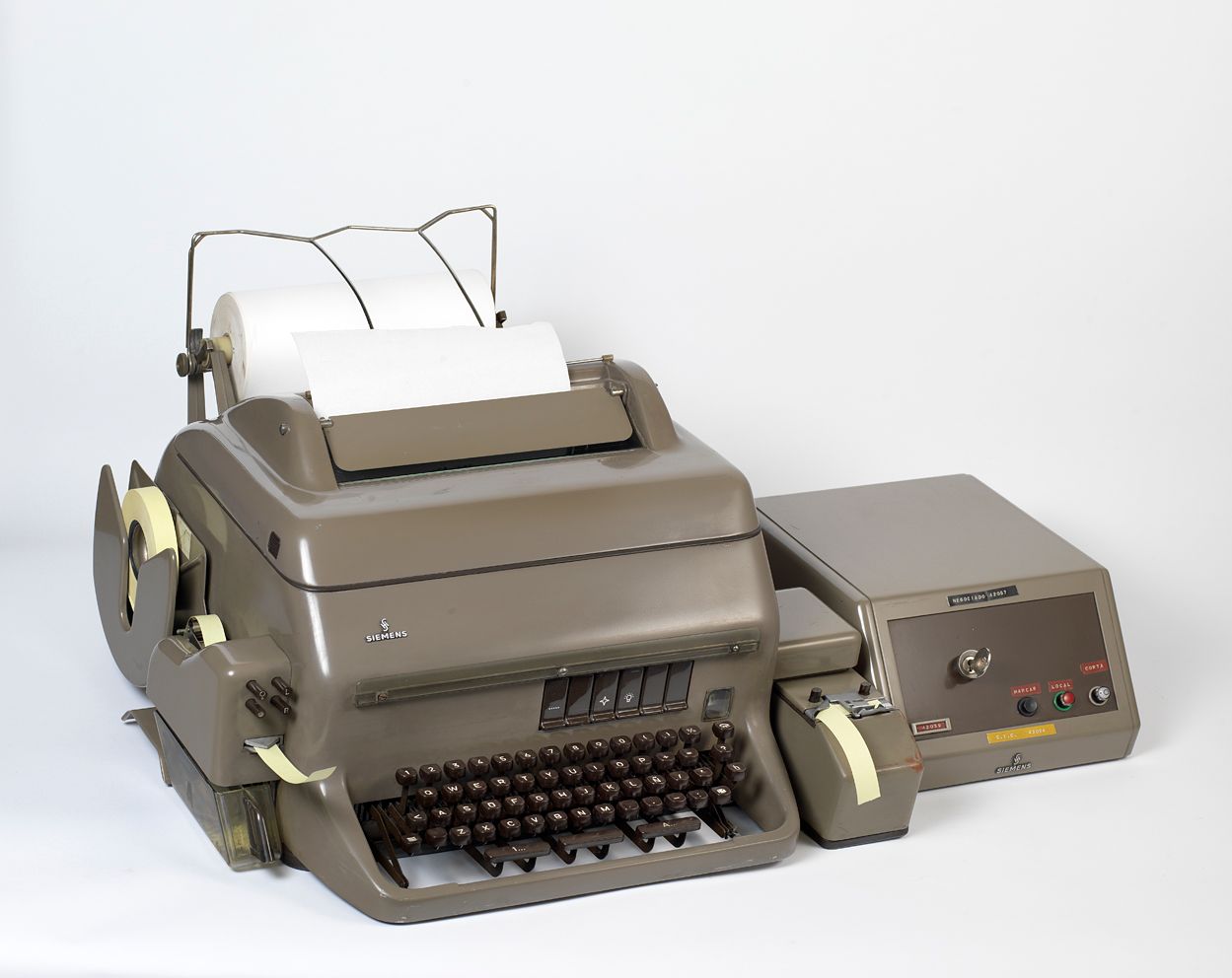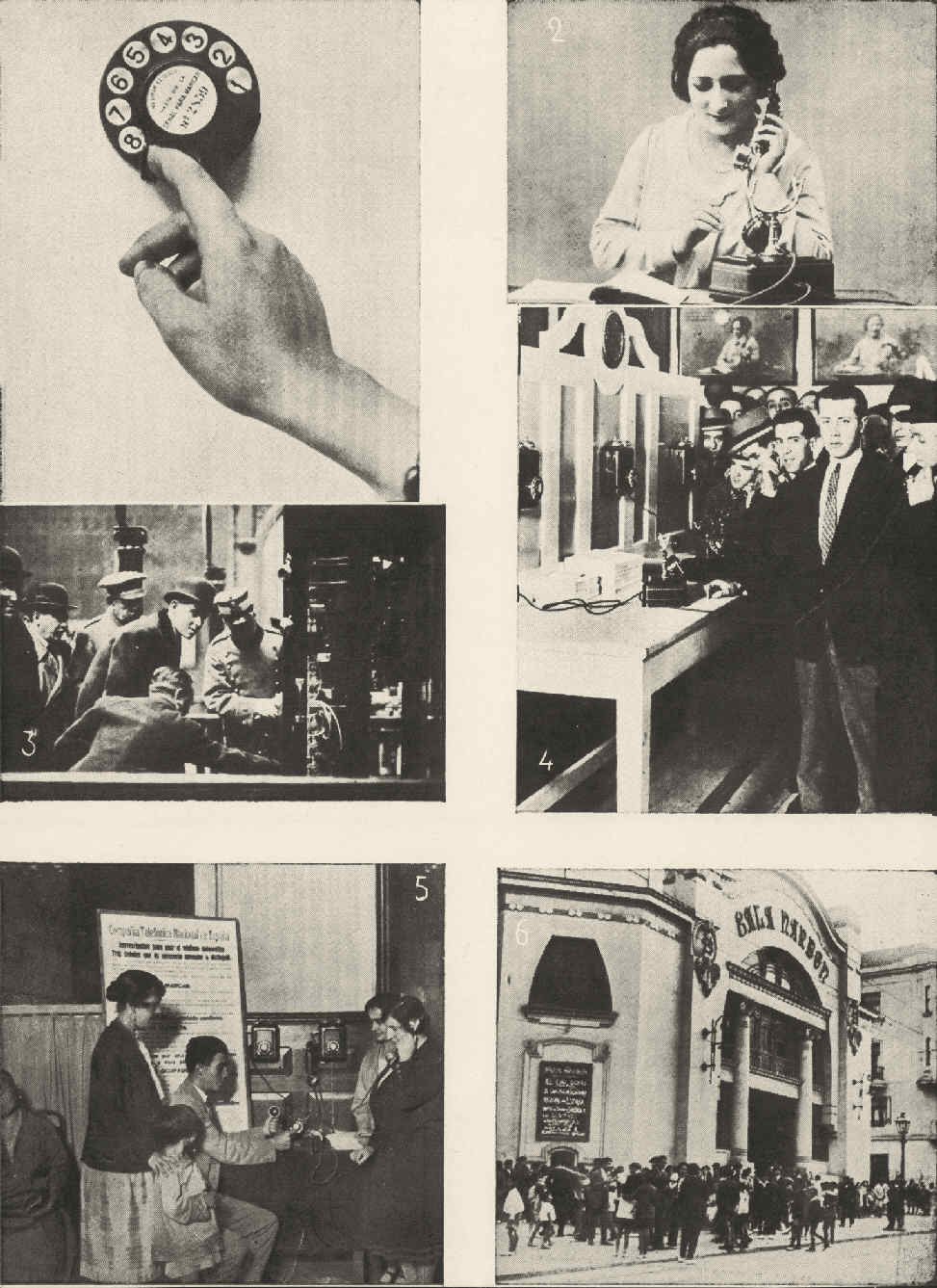
1959

The telephone tariffs are undergoing an upward revision to help the Company continue to invest in the network as well as in the quality of service and care.
Looking for alternatives to capital increases
01
The CTNE of the late 1950s is a real chase between the demand for new lines and the company's ability to meet it. Year after year the list of people wanting a telephone gets longer, and CTNE has to juggle to get the installations done in a timely manner. Waiting lists are growing and the company requires investment and, for that, capital. The formula of capital increases, although valid, cannot be the only one. In 1959 the CTNE obtained government approval to apply certain increases to its services: surcharges of between 0.25 and 3 pesetas per call, depending on the type of call, and an increase in the subscription fee of "30 pesetas for individuals and 45 pesetas for businessmen". This will, among other things, improve the quality of service. The company claims, at the end of '59, that 55% of calls are answered on the spot, and 80% within 30 seconds.

Spain's economy opens up to the world
02
In December 59, President of the U.S.A. Dwight D. Eisenhower, the famous Ike, visited Spain for the first time. A journey full of symbols that opened up the Spanish economy to the world and resulted in imports of essential goods and credits worth 1.5 billion dollars. That trip to Spain, which Eisenhower himself described as the warmest he had ever received anywhere in the world, meant a further step forward in relations between the two countries and in access to the technology that would change our productive structure forever. As a result, by the mid-1970s and against all odds, Spain had joined the exclusive club of countries with a per capita income of more than 3,000 dollars.

Do you have doubts about what happened?
Ask Aura